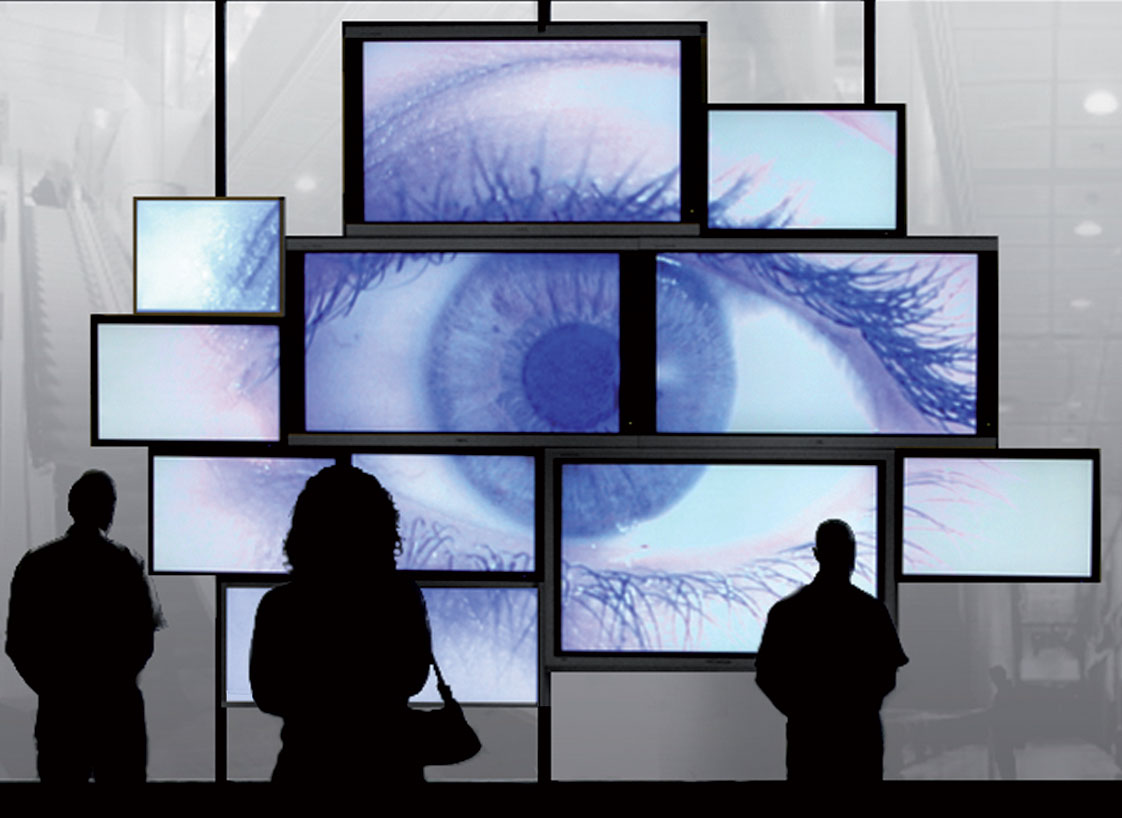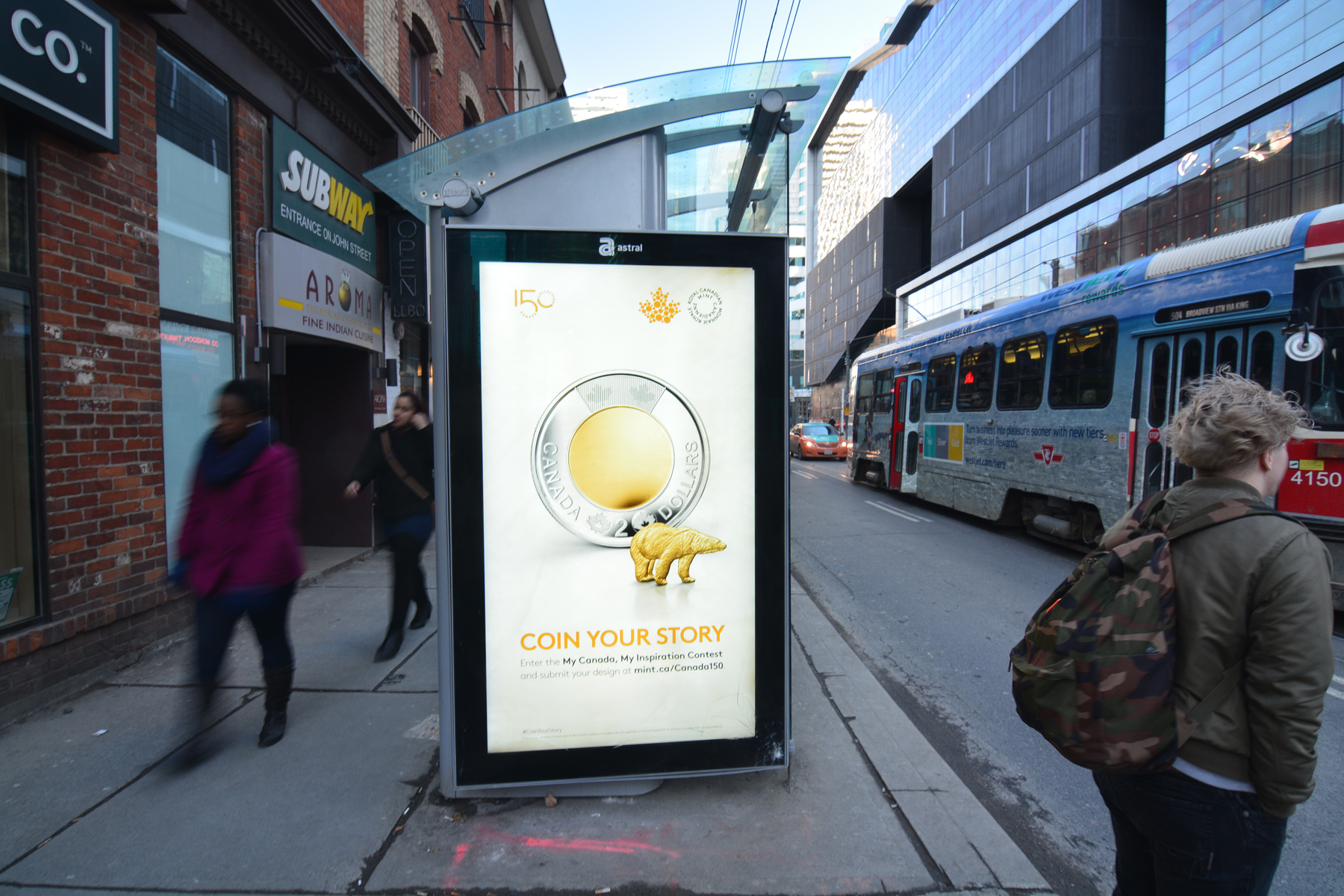Flying taxis by 2020 – a myth or a real posibility?
According to IGN News, UberAir wants to bring on-demand electric flying taxis to Los Angeles and Dallas-Fort Worth by 2020 and a trip across Los Angeles via air would be roughly the same price as a ride in an UberX.
“Uber’s participation in NASA’s UTM (Unmanned Traffic Management) Project will help the company’s goal of starting demonstration flights of uberAIR in select US cities by 2020. Uber wants to “explore other collaboration opportunities with NASA” with a view to open <<a new market of urban air mobility>>,” the ride-sharing company said in a statement, quoted by Economic Times.
Moreover, the flights will have a pilot during initial flights, but could be automated in the future.
“Uber is working with the cities of Dallas-Fort Worth and Dubai to get pilot programs launched. Dallas mayor Mike Rawlings and Fort Worth mayor Betsy Price both had expressed support in making the metropolitan area the first to experiment with VTOL and Uber’s Elevate pilot program. Uber also entered into a partnership with Dubai’s road and transportation authority to study demand in the region to work on pricing and network optimization. Dubai is also where Uber will attempt at unveiling the first public demonstration as part of the 2020 World Expo,” wrote Nathan Ingraham for engadget.com.
Accodring to Sarwant Singh and his opinion for Forbes, there are over 15 start-ups, globally, that are actively involved in building a future flying car, by his firm’s count. “The majority of these companies are based in the United States, however, there are participants from a host of other countries including the UK, France, Germany, Russia, Slovakia, Israel, Russia and Japan. Companies such as PAL-V, Terrafugia, Aeromobil, Ehang, E-Volo, Urban Aeronautics, Kitty Hawk and Lilium Aviation, have completed at least one test flight of their flying car prototypes. PAL-V has gone a step further and initiated the pre-sales of its Liberty Pioneer model flying car, which the company aims to deliver by the end 2018,” said Singh.
Also, Airbus plans to test Vahana, their personal mobility flying car by 2018, and aims to build a mass transit flying vehicle as part of its long term air transport strategy. Furthermore, the company showcased an air drone powered flying car at the Geneva Motor Show, which it plans to develop in collaboration with Italdesign.
As the advantages are easily seen by everybody (less time spent in traffic, non pollution, better views, higher adrenaline, etc), we see no disadvantages yet besides the possible accidents that might happen until the technology is well established.
Still, Tesla CEO Elon Musk told Bloomberg’s Max Chafkin he thinks flying cars are a dumb idea for city travel in a profile about his tunnel plans, on Business Insider.
“Obviously, I like flying things,” Musk told Bloomberg. “But it’s difficult to imagine the flying car becoming a scalable solution.” According to Business Insider, Musk said flying cars need to generate a lot of downward force to not fall out of the sky, which would result in a lot of wind and noise for people on the ground. He also said there’s a risk of falling debris if falling cars were to get in a mid-air fender bender.
More reasons for not wanting flying cars you can find in this article. But we are pro.
The ways the digital and the technology are changing the OOH

source: Screen Media Daily
Digital out-of-home is no longer standing by and being just a follower or a passenger. It has changed the face of outdoor advertising – and the future’s looking bright for this medium. According to the Advertising Association/Warc Expenditure Report, quoted by Campaign, DOOH claimed a 31% share of total out-of-home adspend in 2015 – set to rise to 40% in 2017. And PwC predicts that DOOH advertising revenues will overtake traditional spend in 2020, growing at a rate of 15% a year for the next four years.
“It’s no surprise, then, that in a 2016 Ocean survey of executives from media agencies and outdoor specialists, 86.3% identified DOOH as having the biggest growth potential over mobile, video on demand and other media channels. That growth is being fuelled by a rapid expansion of DOOH inventory, new technologies and innovative creative that plays to the medium’s strengths,” added the famous advertising magazine.
Taking a look at the Romanian situation, several major industry specialists agree that the main international trends are around digital OOH media. More and more of the OOH trades will go programmatic, following the development of more advanced markets where programmatic OOH is already a norm. Moreover, it’s very likely that the virtual and hologram revolution which began this year, fueled by large international technology players like Google, Facebook and other mobile technology firms, will be the beginning of a significant new trend in OOH reality, overlapping with a virtual reality experience.
The advantage that digital OOH has over traditional OOH is that one can better control the programmatic process, granting more flexibility in everything, from planning to the display of ads at a specific moment, in a desired context, to a desired audience.
Another big trend in the OOH industry nowadays is that OOH programming will help DOOH to grow faster than expected. Moreover, programmatic advertising doesn’t belong to only one media channel; it can be extended from online and mobile to other media, like TV, radio and OOH. And all media must be very well measured in order to be traded in a programmatic way.
More trends and influences that the marketers must watch for in DOOH are:
The number of digital screens will increase significantly due to several factors, including the significantly lower cost to produce LED screens.

source: Digital Signage
New developments in hyper-targeting. OOH planning systems are integrating with data sources including mobile carrier data, online browsing behavior and shopper purchase records. Marketers will be able to utilize OOH to target micro-specific segments on the move.
Real-Time OOH trading will steadily increase, as more OOH vendors integrate inventory into demand-side-platforms. The format’s ability to target consumers in real-time based on previous location histories has led to automotive, travel and retail advertisers dipping their toes in the water. Location-based mobile and digital out-of-home media are part of a larger multiscreen ecosystem that effectively amplifies brand messages to create a deeper level of engagement with active consumers.

source: Bell Media
OOH will become more intelligent as forward-thinking brands take advantage of developments in Internet-connected screens, facial/object recognition and external data feeds. A convergence of art and science will lead to OOH creative that self-optimizes based on how people react. Dynamic content triggered by data feeds already allows advertisers to change creative in real-time based on external conditions including CRM data, weather, sports scores, traffic and social media sentiment.
Beacon adoption will grow, focused on analytics. Smart marketers will utilize Bluetooth Low Energy Devices (beacons) for data collection to gain a better understanding of their customers’ in store behavior. Large retailers already have rolled out beacons across their network of stores; this provides a wealth of valuable data such as popular products and aisles, with the ability to track store promotions right to the register.
Targeting drivers. Car manufacturers are the early adopters of smart billboard technology. In partnership with OOH Media, Porsche launched the world’s first interactive billboard campaign in Australia in January 2015. It used image recognition software to detect Porsches and display a company ad saying, “It’s so easy to pick you out in a crowd.” Lexus followed suit later in the month with a similar but more sophisticated Australian ad campaign. It used an algorithm to match vehicle information with environmental information, such as local traffic and weather conditions, to generate 80 variations of the same ad.
Porsche is teaming up with video surveillance software manufacturer Milestone Systems and IBM Analytics to deliver targeted billboard ads to specific vehicle models on their way to Australia’s Melbourne airport. These smart billboard software applications do not yet identify specific drivers, but Sydney University of Technology professor Jim Macnamara says that is coming soon.
In the United States, some smart billboard ads are targeting drivers based on speed. For instance, in 2014, Cisco used a billboard near San Francisco International Airport to promote its Cisco Live event by delivering messages of varying length, with faster drivers getting shorter messages.
OOH will be a core part of social and mobile strategies, and we will see more campaigns with OOH as a centerpiece. Coca-Cola launched an integrated digital campaign in Times Square as an extension of its hugely successful “Share a Coke” campaign, incorporating large digital billboards, Google search data, mobile and a socially activated call to action.
OOH will start being recognized as a direct response medium. As cardless payments including mobile payments gain traction with merchants, consumer usage will increase beyond early adopters. This boom in contactless “card-free” mobile payments is forecast to more than double this year, and over the next five years, U.S. mobile payments alone are forecasted to grow from $52 billion in 2014 to $142 billion by 2019 (Forrester). OOH will increase its relevance along the consumer journey; a format perceived primarily as a brand-awareness driver can now become an instrument in driving real-time purchase.
“OOH offers audience reach opportunities unsurpassed in the media landscape, particularly reaching young and upmarket audiences. The blurring of media boundaries, epitomised by the digital OOH landscape and the rise of mobile, should offer smarter solutions to brands feeling the pinch or exploiting consumer sentiment opportunities, particularly those targeting millennial audiences and expecting an immediate response,” concludes talonoutdoor.com.
Top 10 Tips for Branding Yourself

source: Working Voices
Living in the era of social media power, when the information is the key and in everybody’s reach, finding oneself’s niche and becoming known is getting a more and more difficult task to accomplish. Even at first glance it seems the reality is exactly the opposite, the rapidity in which one can get into the public’s eye, but at the same time fade away, makes it even harder than before to make it last and create a strategic and smart path for one’s good brand positioning.
We’ve prepared some tips that we hope will help you on your road to success:
- Asses the market you are working on
Knowing the past, the competition and the market you are activating on is key in order to create a good positioning for your brand.
- Look deep within yourself and find your best features
According to Robert Half, branding yourself begins with self-reflection. Take stock of your strengths. What are your best attributes? What positive adjectives might a colleague use to describe you? Is there one particular talent or discipline in which you truly shine? What’s your personality? If you’re just beginning your career, choose a discipline or area of focus that truly interests you. Don’t pretend to be something you’re not. Hard-working, focused and reserved people get ahead just as often as social butterflies.
- Work on developing them even more
Go to extra classes / courses, attend workshops and seminars that will help be become even better on your field of expertize and that will enhance your talents. Learning never ends, no matter the time in your career you are at.
- Of all of them find the differentiator, your USP (unique selling point), that makes you unique
The USP is the big idea that brands are always searching for. A USP gives a brand a compelling and unique value proposition with its target audience. “Likewise, you want to represent something special that sets you apart from others and establishes a value equation about your abilities when you are pitching yourself for a job, a promotion or a free-lance assignment,” says Catherine Kaputa in Huffington Post.
- Define your brand and become an expert
Take the time to do some soul searching and determine exactly who you are and what makes up your brand. Whether you’re looking to garner media attention, attract new clients or build your business, you should focus on becoming an expert in your field. Avoid establishing an expertise that’s irrelevant to your mission, goals, and vision. You’ll just be wasting your time.
- Be present in the market and make yourself known
Make sure you are present at the most important events in your industry and start conversations with the right persons, the ones with whom the association with will help your brand and your career. Ask questions, mingle, try and show your expertize as much as you can.
- Generate brand awareness through networking and promotion
You should be connecting with other professionals in the industry by using social networks and commenting on their blogs. Networking is one of the best ways to become known in the industry. By forming relationships with people in your audience, you can grow your business and your brand long-term.
In time, once you have a known and appreciated voice try using the PR tools available to you and get your name out there.
- Be a constant presence on the social media channels that are representative for your work
Depending on the industry you are activating on make sure you know what social media channel suits you the best. Not every industry fits you having a profile on Linkedin and Facebook at the same time, not every industry requires an Instagram or Snapchat account. Also, make sure that the content you are delivering is customized to that specific social media account.
- Always keep on expending your network, strategic partnerships and focus on the game plan
The networks are meant to evolve, not stand by. So is the industry you are activating on. Moreover, you can never know what the future holds. The more people you know, the merrier. The more connected you are, the better. Make sure that at the same time you don’t lose the focus on your “final” game plan.
- Don’t look focus, get rid of your ego and accept criticism
According to the AICPA specialists, the true measure of your brand is the reputation others hold of you in their hearts and minds. Notice how they introduce you to others. Ask them what your top brand attributes and core strengths are. If they can easily tell you, then you’ve succeeded in branding you.
“These days, branding the company you work for isn’t enough. The world wants to hear what you have to say as a professional within a company. The work involved in uncovering your brand may seem daunting, but your efforts can benefit you immeasurably. Your unique brand message differentiates the best you have to offer, gives a good indication of what you’re like to work with, and shows how you make things happen,” says the American Institute of CPAs.
When it comes to being the best the ego shouldn’t be standing in your way. Accept the criticism, as it will only make you better and help you achieve your goals.
